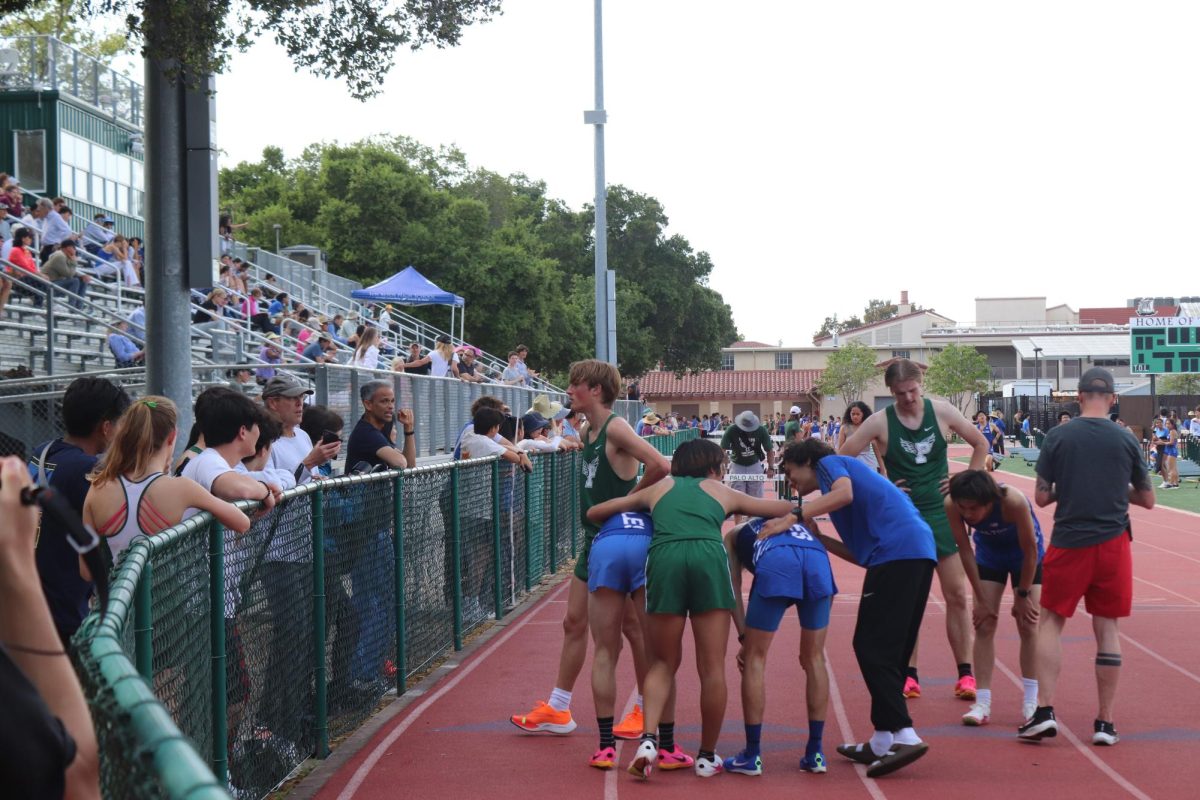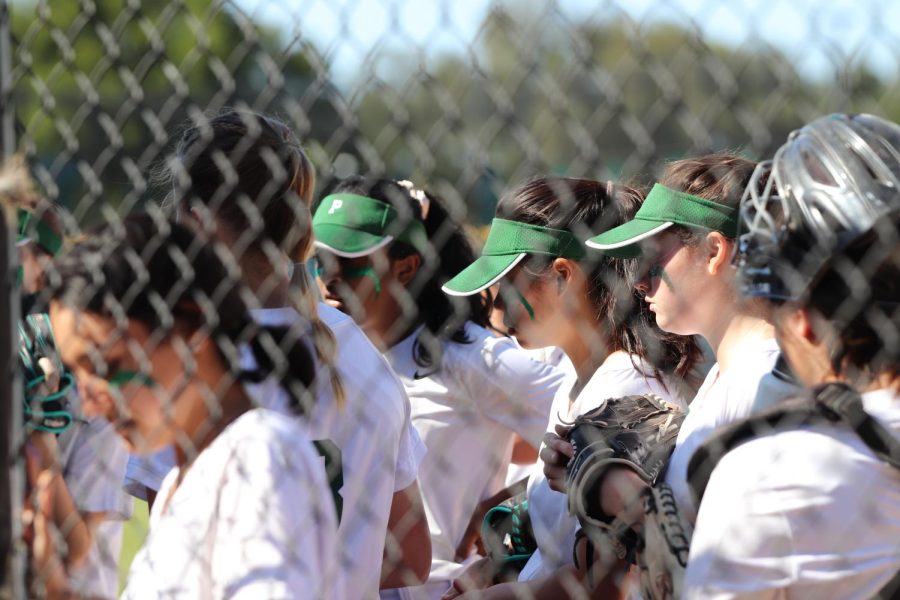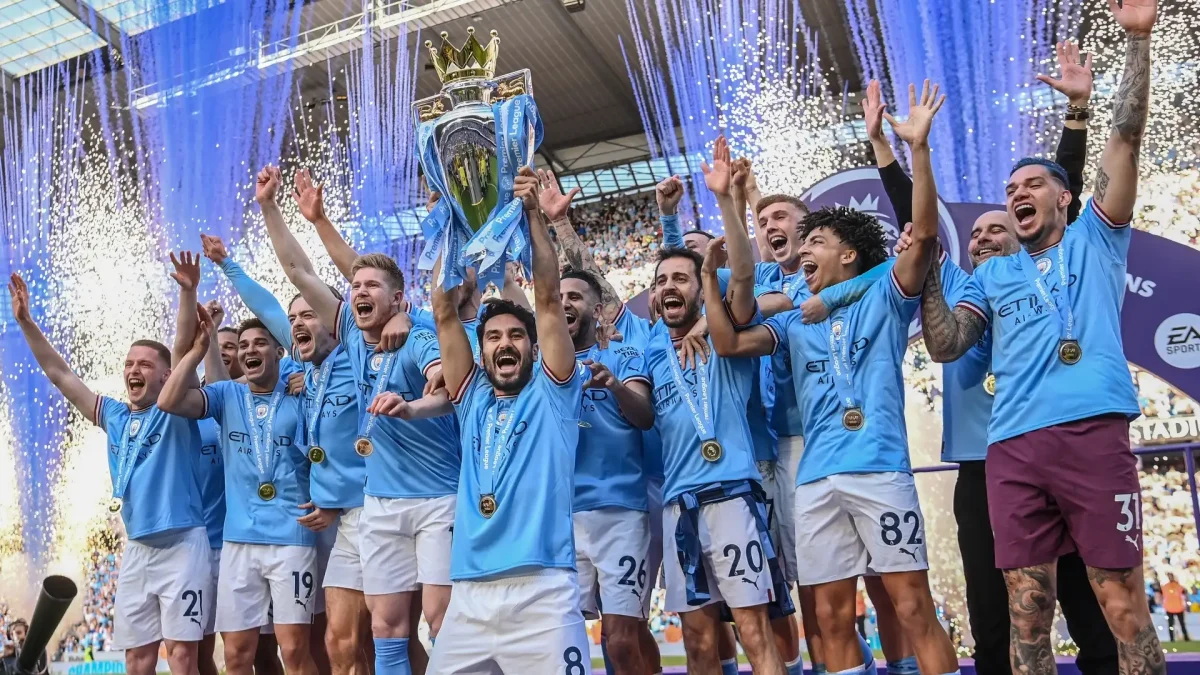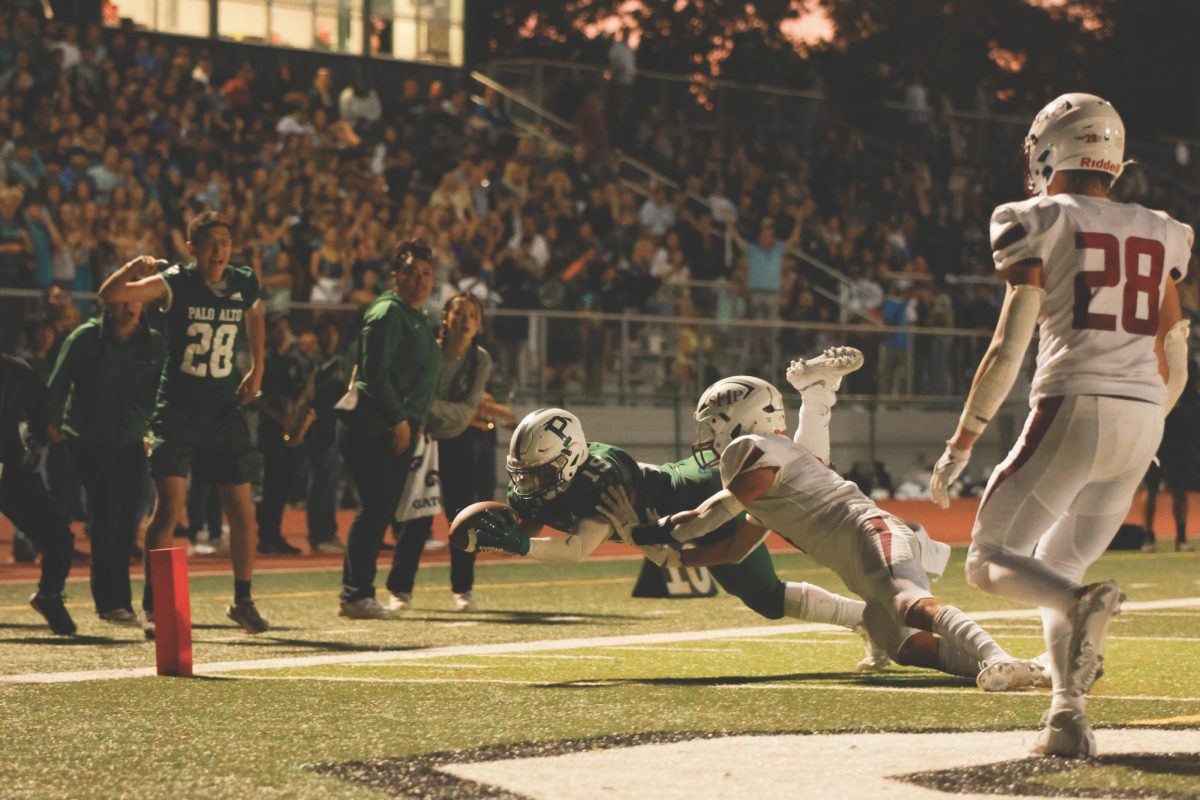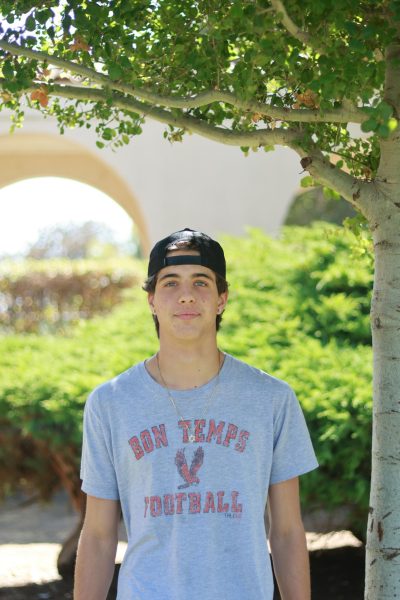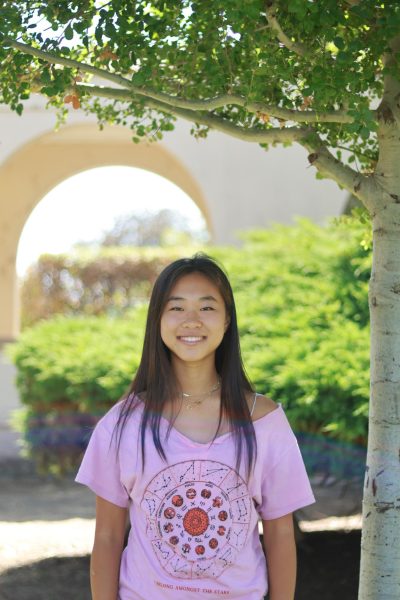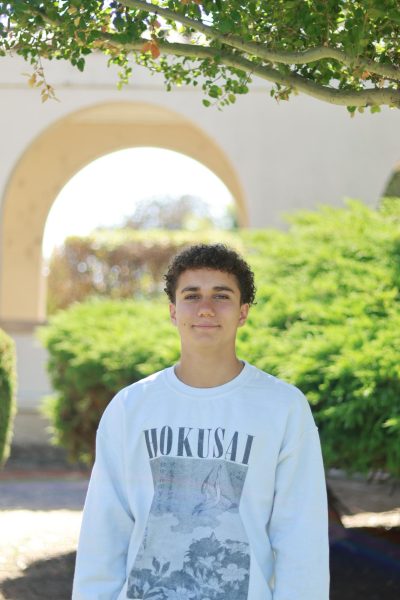A public school has not won the California state division 1 football title since 2008. This fact often leads students to write my paper on the disparity in athletic success between public and private schools. According to Niche, of the 25 best athletic schools in the country, only five of them are public, and all of the top nine are private, despite the national ratio of public schools to private schools being around ten to three. It is clear that athletes attending private schools have a disproportionate advantage in athletics.
How are private schools able to maintain such dominant sports programs? One reason is simply the size of the proverbial net a school can cast. The influx of skilled players varies year by year. The only athletes allowed to attend a certain public school are students who live in the nearby area. So while a private school like Serra has players coming from all over the region, Paly is restricted to just part of Palo Alto. Independent of transferring, athletes aspiring for a strong high school career have more options when choosing between private schools vs. public schools.
Another driving factor is money. With tuition averaging over $20,000 for high schools (and tuition for Bay Area schools, like Castilleja, can be as high as $60,000 per year), private schools have the option of spending on high quality athletic programs.
A public school also only has a certain amount of funding they can devote to athletics, and so instead of having separate experts and staff who enhance athletes in all facets of their game — as many private schools have — teams will generally have one coach who manages every part of the team.
With updated gyms, high quality equipment and well-paid coaches, it makes sense that training in these schools might produce a higher quality team. Additionally, parents who can send their children to expensive private schools also might have the means for their kids to play on expensive club sports teams, which might help athletes improve outside of school at a faster rate than those who cannot play on a club team outside of their school season.
Another advantage that private schools have is in the coaching department.
A team’s success is just as reliant on the coach as the players, but a coach has only so much control over the outcome of a game. No matter how good the game plan is, public school coaches especially will struggle from not having skillful enough players or enough resources to compete with private school powerhouses.
Coach Scott Peters coached the girls basketball team at Paly up until last season, ending his 18 year run.
“If a private school decides that they want to compete at a sport, there are advantages there. They can take people from all over the area,” Peters said. “Private schools put more money into sports and have more backup. They’ll pay for assistant coaches, they’ll pay for people to open and run the gym, they have a little bit more financial help, like paying people to support their sports.”
During most of his tenure, Peters managed to build a competitive team. This was not any easy task, however, and required using unique tactics to ensure players wanted to come play for Paly. [California’s CIF Bylaw 510] prohibits any person or persons to secure, retain or influence what high school a student attends.
A private school with a strong sports team can sometimes run their own AAU (Amateur Athletic Union) team for players not yet at high school age, Even though AAU is not considered a school team, coaches can establish relationships with players at a young age and help increase the influx of athletes to their school. This works in two ways, according to Peters.
“One, the players can play your system, you can teach them what you want. Two, They can get used to you as a head coach,” Peters said.
Creatively, Peters created an AAU program for Paly to help encourage skilled athletes to attend the school and keep numbers up.
“I created an AAU program in order to keep players,” Peters said. “It keeps them from going to other AAU’s that feed into a private school. So at Paly, we kept a lot of players, and for a number of years we were able to compete with private schools.”
This creative strategy helped Paly, but overall, the advantage in coaching helps give private schools yet another edge over private schools.
But does more money for equipment and staff account for the difference between public and private schools across the board? After all, Paly is a public school, but we also have a new gym, generally high-quality equipment, and many Paly athletes play on club teams outside of school.
The answer may lie in the recruitment of athletes to certain schools via transfer after the student has established themself as a strong athlete at their local public (or other private) school.
While students can try and play for whatever school they want, coaches are not allowed to recruit high school players. In 2007, the Supreme Court ruled on a 9-0 decision that private school coaches did not have the right to contact students and suggest that they join their school and team. California’s CIF Bylaw 510 “prohibits any person or persons to secure, retain or influence what high school a student attends.” For many coaches however, this is just a technicality. Illegal recruitment and questionable transfers happens constantly, and usually goes unpunished.
So no schools can technically ‘recruit.’ But somehow private schools still do? Why can’t public schools do the same thing? It is far easier to transfer to a private school than public school since housing rules don’t apply to private schools as they do to public schools. Also, private schools have many advantages (that would merit a transfer) that public schools typically cannot offer.
Overall, this all means that private schools have an advantage in the covert process of ‘recruiting.’
So how does ‘recruitment’ in private school happen if it’s illegal? There are many ways this could occur. A school –not the coach of a team, but the school itself — could invite a student to attend a tour, where they may have the chance to meet a coach on campus (this helps get around the Supreme Court’s ruling by qualifying as “undue influence”). Despite not being able to offer athletic scholarships, private schools can offer academic scholarships to help entice players to attend their school — and play on their teams.
There are harsh legal punishments for recruiting, but only for the coaches or school officials involved. According to Kevin Hoffman of Coach & A.D., the parents generally don’t have to worry.
“The parents take no risk, because the state high school associations have no authority to punish them,” he wrote. “The coaches, however, put their jobs and teaching certificates on the line if they’re found responsible for aiding a transfer.”
This is not to say that all private school recruits, nor that public schools cannot try the same methods. But even without bypassing recruitment laws, the advantages in athletics that private schools have over public schools — like a larger student net, better facilities and generally more privileged athletes — leaves a gap that is usually too large to overcome.
Lots of student athletes at Paly have opinions on the fairness of playing against private schools. For example, girls water polo player and junior Lydia Mitz has qualms about the fairness of playing in the same league with private schools.
“Private schools obviously have a big advantage because they essentially recruit people to play for them,” Mitz said.
Mitz is a three year water polo athlete at Paly. She has been on varsity since sophomore year. Paly girls water polo competes against Castilleja and the Harker School in league games, though they are often moved to a different CCS league since they are smaller schools. The water polo team ended a 13-year losing streak against Castilleja last year, and defended their win during their first game this year. They still have yet to beat the Harker School.
Having had such an overall positive experience with the sport, Mitz explains that a big part of it was because of the bonds and relationships she has been able to form while on the team. The environment is competitive but also extremely enjoyable for her with the people she’s become close with.
“Some of my closest friends were made on the water polo team last year, and I’m not sure I would have continued playing if it weren’t for them,” Mitz said.
The varsity water polo team has practice at least once a day, every day of the week. Twice a week, they have morning practices before school at 7 a.m., and also practice after school for two more hours. The required commitment for this team plays a big part in their discipline and success as a team.
“It is hard to get everyone motivated sometimes, especially with all the fun school activities in these first few months of school,” Mitz said. “But it is very important to be at all practices, so we do our best to put the sport first.”
With this amount of commitment, the Paly girls water polo team supports each other throughout the entire season. This may be just what gives them a shot when playing against better facilitated private schools where sports are a big emphasis.
“It’s very important to fight against private schools,” Mitz said. “Every year we lose to Sacred Heart (School) and it’s always really hard– like last year we got destroyed by them. But sometimes, out of nowhere, we beat a school like Saint Francis and it just feels really good.”
Private schools provide an undeniable advantage in the college application process. According to James Murphy, “12 percent [of Harvard admits in 2018] were legacies, [but] almost 40 percent of the class went to a private school.”
A high school athlete trying to play college sports wants to place themselves in the best possible position to succeed, so attending a private school — complete with high-quality equipment and a strong coaching staff — is likely to help them with their college search.
Some Paly athletes have opted for the option of transferring to private schools to help further their academic career. One such student — who will be kept anonymous — says that their experience with the transfer process was not as they had hoped.
“I initially transferred because I was told that the only way to reach the next level was through the [private school league],” Anonymous said. “I now know this is completely wrong, and SCVAL is competitive and offers a pathway to college or pro.”
This athlete ended up transferring back to Paly during the same year.
“I transferred back because of multiple reasons,” they said. “I didn’t really fit with the school — [I’m] not trashing the school, it just wasn’t me,– terrible commute, and I was not allowed to play [my sport] for [a year].”
Something that this athlete hadn’t been told when they decided to make the switch was that they wouldn’t be able to play the same year that they transferred. What they had to deal with is called a sit-out period.
A sit-out period is generally defined as a period of time where a student is not allowed to participate in a varsity sport after they transfer for the first time in high school.
According to the CIF bylaw 207(b)(5)b(ix), “The Sit Out Period will be 50% of the total number of days in that particular season of sport.”
What this means for student athletes is that they cannot participate in any school sport that they played at their old school within the last year.
When this athlete transferred back, they realized the value of Paly and our athletic program.
“The school I wanted to transfer to is a very good school and has put up some top notch athletes,” they said. “Coming back to Paly has made me realize that I was completely wrong about public school competition. We have put up some absolute studs as well, and honestly, coming back was one of the best things I’ve done for my individual career, [though] it’s different for everyone.”
They attribute many life lessons to the program at Paly.
“[My coach] and previous players in the program have taught me the value of hard work and given me the ropes to succeed beyond my high school years,” they said.
The competition between public and private schools can be heated, and — while it is undeniable that certain private schools have an advantage over public schools — many public schools and Paly in particular produce incredible opportunities for athletes all the same. Private schools by default will always have certain benefits that public schools can not match, but that does not mean that public schools teams can not compete with or even defeat these dominant private schools from time to time. The goal of a public school is to be well rounded in all areas and not specifically strong in athletics, and so to try and solve an inequality in sports that is unsolvable does not make sense. Instead public schools like Paly should have pride for their sports, and celebrate the success they can achieve.



